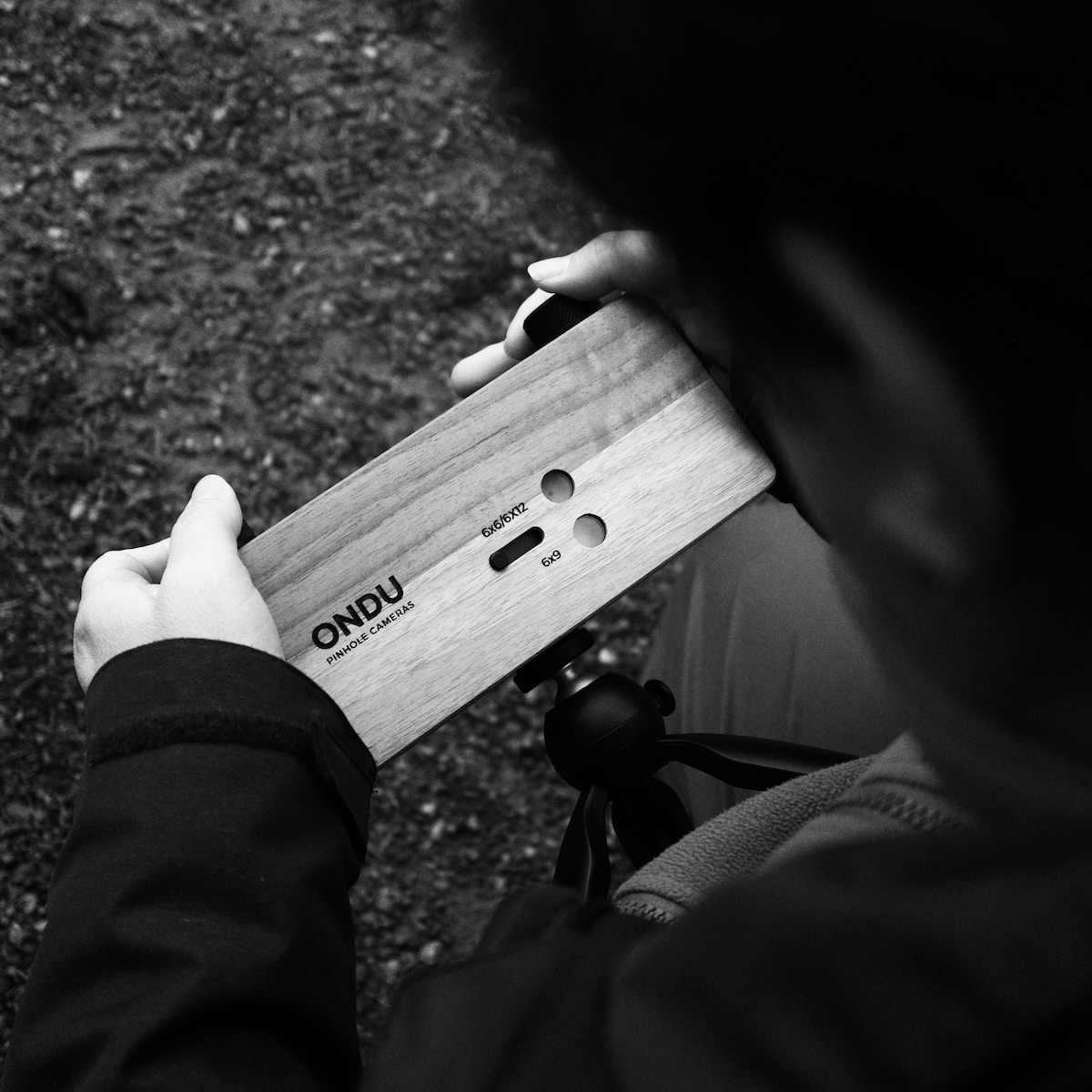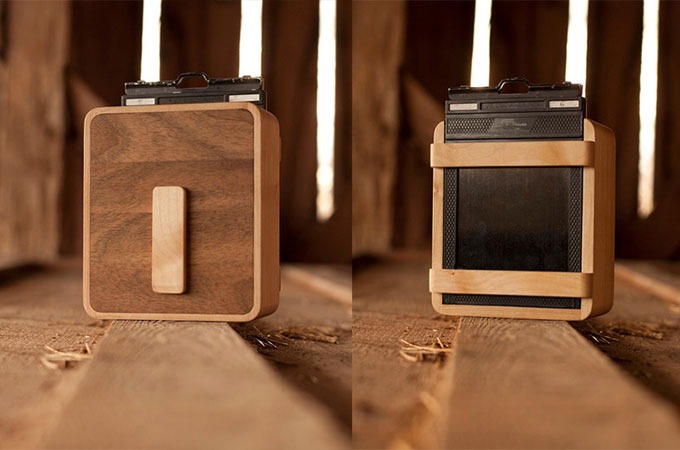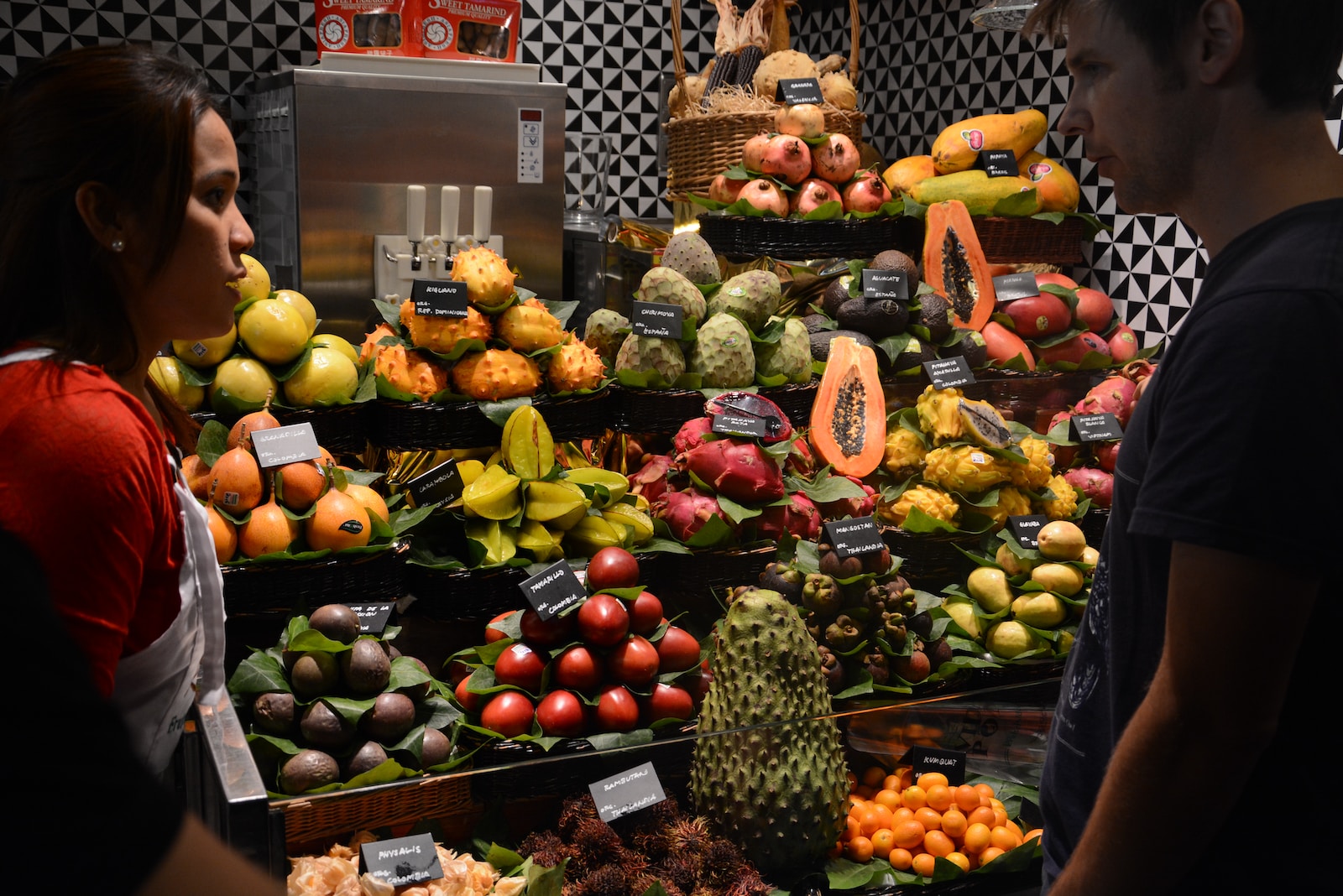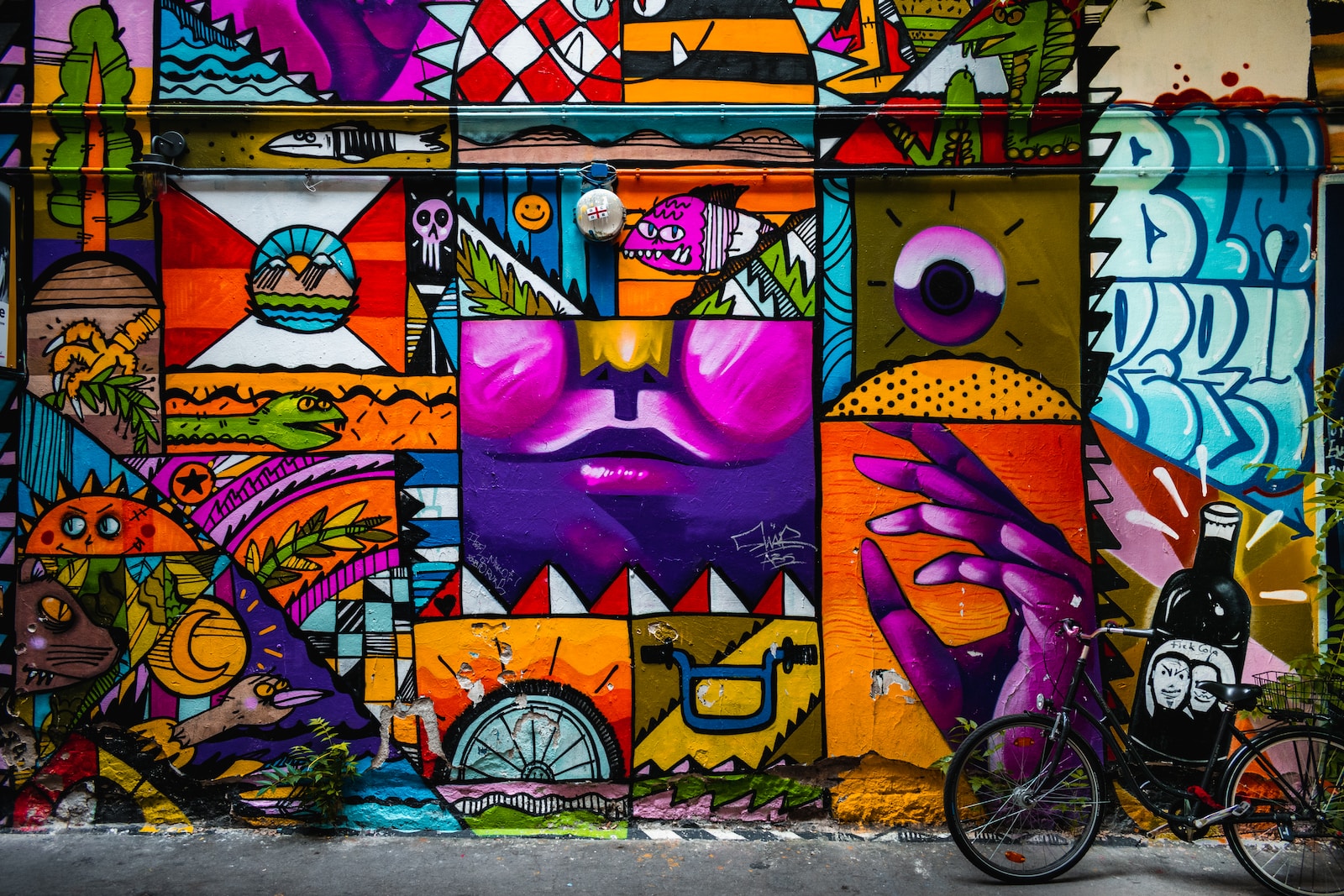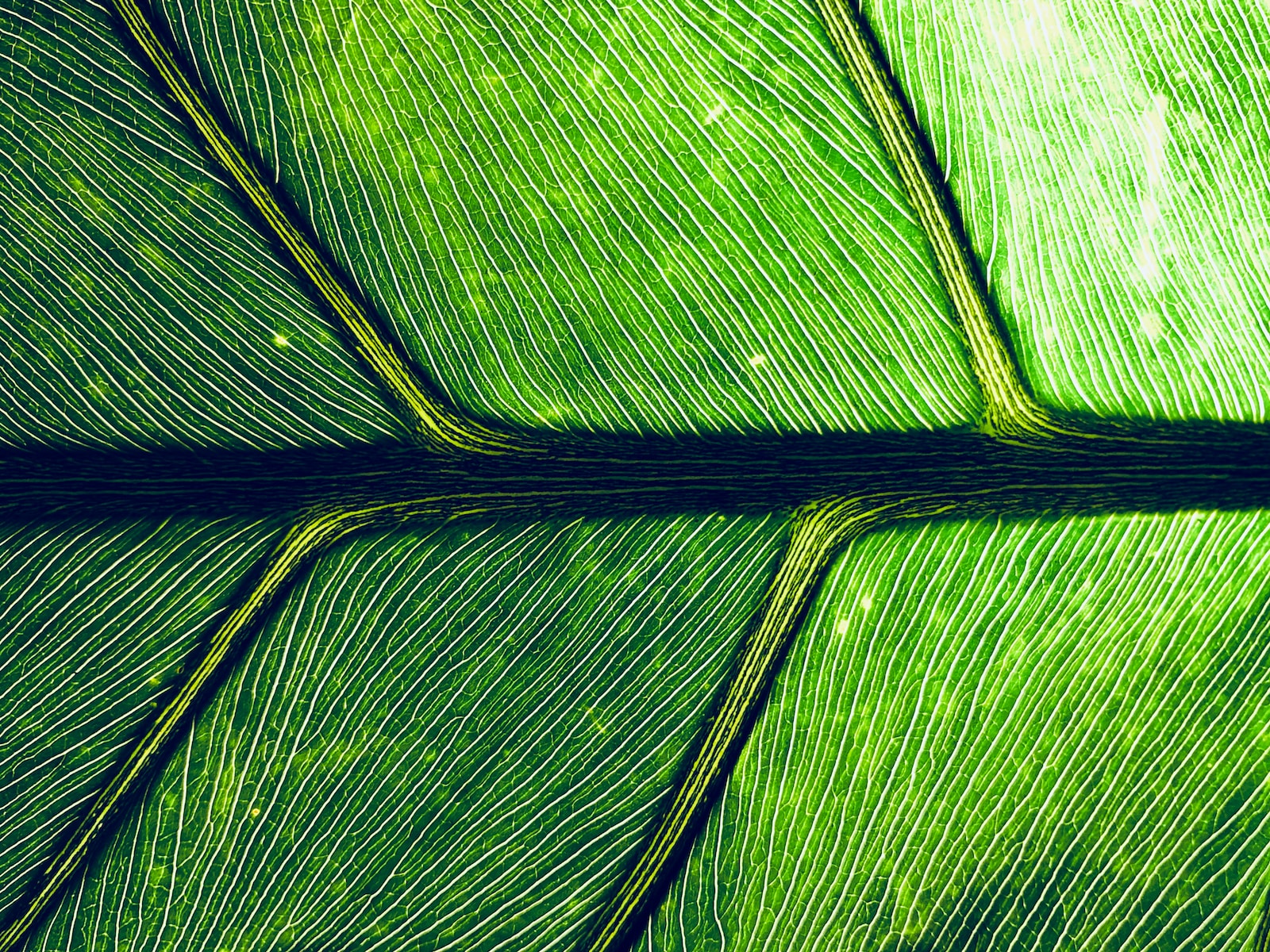We delve into the workings and principles of this fascinating device, revealing its simplicity and elegance. Whether you’re a seasoned photographer or a beginner exploring the world of photography, this guide will equip you with the knowledge you need to experiment with pinhole cameras and capture stunning images. Get ready to unlock the hidden potential of this timeless technique.
Table of Contents
- The History of Pinhole Cameras
- Embrace the Art of Pinhole Photography
- Understanding the Basics of a Pinhole Camera
- Frequently Asked Questions
- 1. What is a pinhole camera?
- 2. How does a pinhole camera work?
- 3. Are pinhole cameras easy to build?
- 4. Can I use a pinhole camera for professional photography?
- 5. What are the advantages of using a pinhole camera?
- 6. Can I achieve sharp images with a pinhole camera?
- 7. What are the basic principles of pinhole photography?
- 8. How do I calculate the optimal pinhole size for my camera?
- 9. Can I achieve color photographs with a pinhole camera?
- 10. Where can I find inspiration for pinhole photography?
- Wrap Up
The History of Pinhole Cameras
Before we dive into the technical details, let’s take a moment to appreciate the rich history of pinhole cameras. Believe it or not, the concept of using a tiny hole to capture images dates back thousands of years. Ancient civilizations, such as the ancient Greeks and Chinese, discovered the optical phenomenon of camera obscura, which laid the groundwork for the development of pinhole cameras.
The Beauty of Simplicity
Unlike contemporary cameras with complex mechanisms and lenses, pinhole cameras operate on a principle of utmost simplicity. At its core, a pinhole camera consists of just three essential components: a light-tight container, a tiny pinhole, and film or photographic paper. This minimalist design eliminates the need for lenses, focusing on the basic principle of light passing through a small aperture to create an image.
Camera Basics
Understanding the fundamentals of pinhole cameras is crucial to successfully capturing extraordinary images. The size of the pinhole determines the sharpness of the final image, with smaller holes producing sharper results. The distance between the pinhole and the film affects the focus of the image, providing an opportunity for creative experimentation. Additionally, exposure times play a vital role in capturing the desired amount of light for a properly exposed photograph.
Photography Principles
To master pinhole photography, it’s essential to grasp some basic principles of photography. The rule of thirds, for instance, helps to create balanced and visually appealing compositions. Experimenting with different lighting conditions and angles can dramatically transform the mood and atmosphere of your images. Patience is key when it comes to waiting for the perfect moment, as pinhole photography requires longer exposure times compared to traditional methods.
Did you know that the world's largest pinhole camera was built out of a 14-room abandoned apartment in an Australian town? This massive camera produced breathtaking images of the town's surroundings, showcasing the power and versatility of pinhole photography.
Building Your Own Pinhole Camera
Now that you have a solid understanding of the principles behind pinhole cameras, it’s time to roll up your sleeves and build your very own device. With just a few household items, such as an empty cardboard box, aluminum foil, and black electrical tape, you can create a basic pinhole camera to start your photographic journey. Don’t be afraid to experiment and fine-tune your camera to achieve the desired results.
Tips and Tricks for Pinhole Photography
To elevate your pinhole photography skills, we’ve curated a list of valuable tips and tricks. Avoiding camera shake by using a tripod or stable surface is crucial, as the longer exposure times can easily blur images. Exploring different photo papers and experimenting with chemical treatments can add unique effects and textures to your photographs. Finally, embracing the unpredictability of pinhole photography and embracing happy accidents can lead to unexpected and extraordinary results.
Preserving and Sharing Your Pinhole Images
Once you’ve captured stunning pinhole images, it’s time to preserve and share your work with the world. Digitizing your film negatives using a scanner or photographing them with a high-resolution camera will allow you to showcase your images online. Alternatively, you can create beautiful prints in a darkroom, embracing the tactile nature of traditional photography. Whether you choose to exhibit your work in galleries or share it on social media, your pinhole photographs are sure to captivate and inspire others.
Embrace the Art of Pinhole Photography
Pinhole photography offers a unique and artistic approach to capturing the world around us. Embracing simplicity, experimenting with the principles of photography, and unleashing your creativity will unlock the full potential of this timeless technique. So, grab your DIY pinhole camera, step into the world of slow photography, and let your imagination run wild as you embark on an unforgettable photographic adventure.
Understanding the Basics of a Pinhole Camera
In the world of photography, there are many different types of cameras – from the high-tech digital cameras with all their fancy features to the vintage film cameras that have a certain nostalgic charm. But have you ever heard of a pinhole camera? Despite its simplicity, a pinhole camera can produce stunning photographs that rival those taken with more sophisticated cameras. In this guide, we will delve into the basics of a pinhole camera, uncovering its elegance and principles.
Before we dive into the technicalities, it’s essential to understand what exactly a pinhole camera is. Unlike the digital and film cameras we’re accustomed to, a pinhole camera has no lens. Instead, it consists of a light-proof box or container with a tiny hole on one side. This hole, known as a pinhole, acts as the camera’s aperture. When light passes through this small opening, it projects an inverted image onto the opposite side of the box, creating a unique optical effect.
The Simplicity and Elegance of a Pinhole Camera
One might be tempted to overlook the pinhole camera due to its lack of complex features or advanced technology. However, it is precisely this simplicity that makes the pinhole camera so fascinating. Without the need for a lens, shutter, or complicated mechanical parts, a pinhole camera relies solely on the basic principles of light and perspective to capture images.
The pinhole camera demonstrates the fundamental principle of photography – the capturing and recording of light. It allows for a deep understanding of the way light behaves and interacts with objects, enabling photographers to experiment with different perspectives and creative compositions. In this age of instant gratification and digital advancements, the pinhole camera serves as a reminder of photography’s roots and offers a creative challenge to photographers seeking a unique artistic outlet.
As with any form of photography, there are techniques and principles to consider when using a pinhole camera. While it may seem daunting at first, mastering the basics of a pinhole camera can lead to endless creative possibilities. In the following sections, we will discuss the fundamental principles of exposure, composition, and image development specific to pinhole photography. Whether you’re a seasoned photographer or a curious beginner, these tips and techniques will help you unlock the full potential of a pinhole camera.
Frequently Asked Questions
1. What is a pinhole camera?
A pinhole camera is a simple camera that consists of a light-tight box or container with a small hole (“pinhole”) on one side and a photosensitive surface on the opposite side.
2. How does a pinhole camera work?
When light passes through the small pinhole, it creates an inverted image on the photosensitive surface inside the camera. The image is formed due to the principles of light traveling in straight lines.
3. Are pinhole cameras easy to build?
Yes, pinhole cameras are relatively easy to build as they can be constructed using basic household materials such as cardboard, aluminum foil, and tape.
4. Can I use a pinhole camera for professional photography?
While pinhole cameras are not typically used for professional photography, they can still produce unique and artistic images that have a vintage and ethereal charm. They are great for experimentation and creative expression.
5. What are the advantages of using a pinhole camera?
Some advantages of using a pinhole camera include its simplicity, low cost, and the ability to create soft-focus images with a wide depth of field. It allows photographers to focus on the fundamentals of composition and light without relying on complicated technology.
6. Can I achieve sharp images with a pinhole camera?
Pinhole cameras produce images with a characteristic softness and can be intentionally unsharp. However, with careful construction and precise pinhole placement, it is possible to achieve sharper results.
7. What are the basic principles of pinhole photography?
The basic principles of pinhole photography revolve around the relationship between the size of the pinhole, the distance between the pinhole and the photosensitive surface, and the exposure time. Understanding these principles allows photographers to control the outcome and aesthetics of their images.
8. How do I calculate the optimal pinhole size for my camera?
The optimal pinhole size is determined by the distance between the pinhole and the photosensitive surface, known as the “focal length.” It can be calculated using the formula: Pinhole diameter = (Focal length) / (F-number).
9. Can I achieve color photographs with a pinhole camera?
Yes, it is possible to create color photographs with a pinhole camera by using color film or post-processing techniques. However, pinhole photography is often associated with black and white imagery.
10. Where can I find inspiration for pinhole photography?
There are several online communities and websites dedicated to pinhole photography, such as forums, galleries, and tutorials. You can also experiment with different subjects, lighting conditions, and compositions to find your own unique style.
Wrap Up
In conclusion, understanding the basics of a pinhole camera is the key to mastering this unique form of photography. By grasping the principles behind this simple yet elegant device, you can unlock a world of creativity and artistic expression. Remember to experiment with different materials and sizes of pinholes to achieve the effects you desire. Whether you’re a seasoned photographer or a beginner just starting out, embracing the world of pinhole cameras can lead to captivating images that are truly one-of-a-kind.
I hope this comprehensive guide has provided you with valuable insights into the fascinating world of pinhole photography. If you have any questions or would like to share your own pinhole camera experiences, please feel free to leave a comment below. Your engagement and feedback are greatly appreciated!
